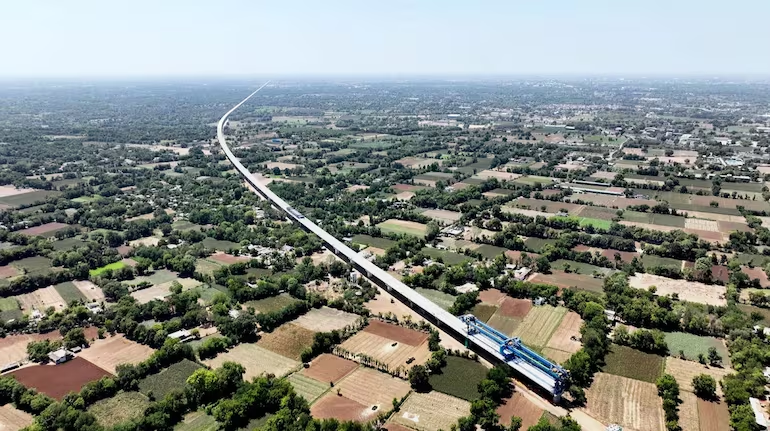Mumbai-Ahmedabad Bullet Train Pariyojana: The National High-Speed Rail Corporation Limited (NHSRCL), who is working fast on the Mumbai-Ahmedabad High-speed Rail Corridor (MAHSR) project, has announced an important update. NHSRCL said that this corridor will soon be studied on a ridership (passenger travel experience). Online tenders have also been invited for this study, the last date for depositing bids has been fixed on 2 June 2025, while technical dialects will be opened from June 3.
508 km high-speed rail corridor
According to NHSRCL, the main objective of this rider study is to assess the demand and travel experience of passengers on the 508 km long Mumbai-Ahmedabad High-speed rail corridor. This corridor connects important cities like Mumbai, Surat, Vadodara and Ahmedabad. The study will be based on the year 2030, in which other important aspects will be analyzed other than estimating travel demand.
Main objective of study
NHSRCL said that in this study special attention will be given to the following issues:
Automatic fare structure with maximum revenue: Preparation of modern fare structure for passenger convenience and increase revenue.
Additional Fare Level Assessment: Analysis and effect of priority of passengers for various fare levels.
Annual Revenue Estimate: Assessment of the revenue capacity of the corridor.
Business time load assessment: Analysis of passengers and traffic at railway stations during busiest time.
Parcel Load and PhPDT: Estimate section load with peak over peak direction traffic (PHPDT).
Basic-context matrix: Detailed analysis of passenger traffic between stations.
Project progress
The Mumbai-Ahmedabad bullet train project is growing rapidly in Maharashtra and Gujarat and it is believed that it is in its final stages. This corridor will be an important achievement in India as the first high-speed rail network, which will promote the economic development of both states. This new study of NHSRCL is considered an important step for the success of the project and the convenience of the passengers.
